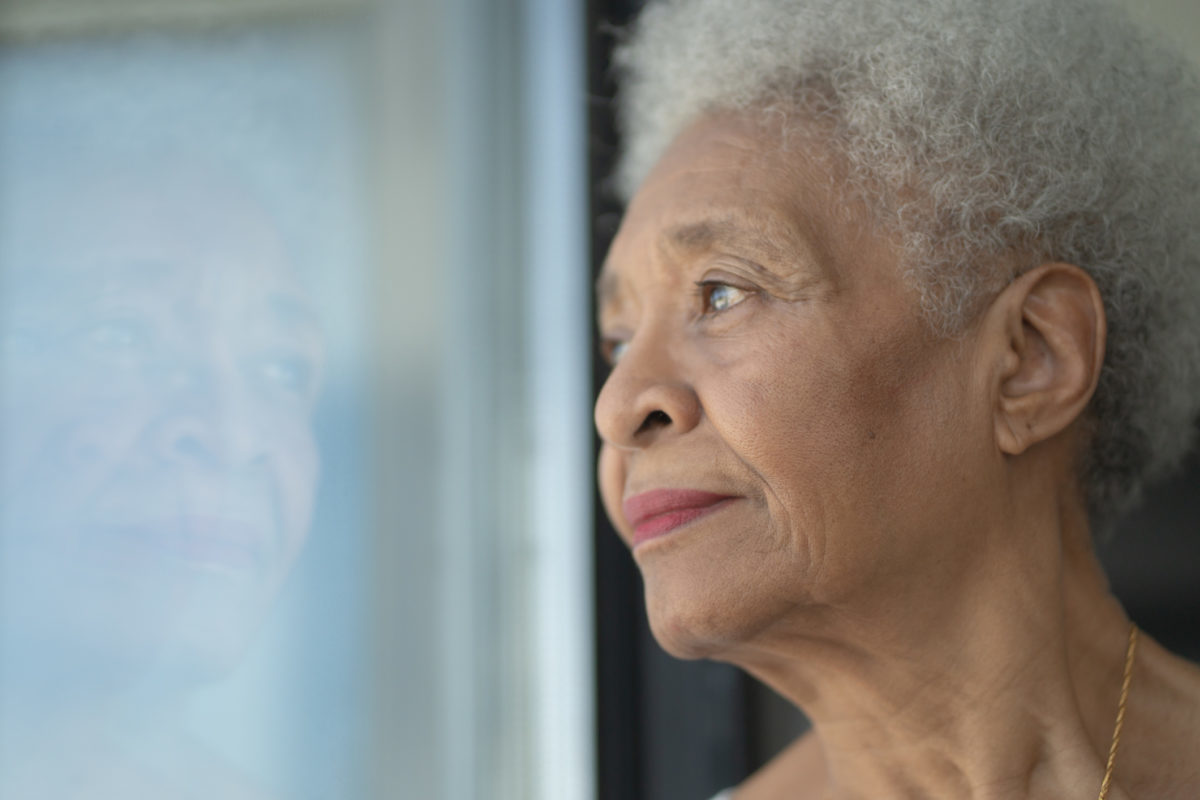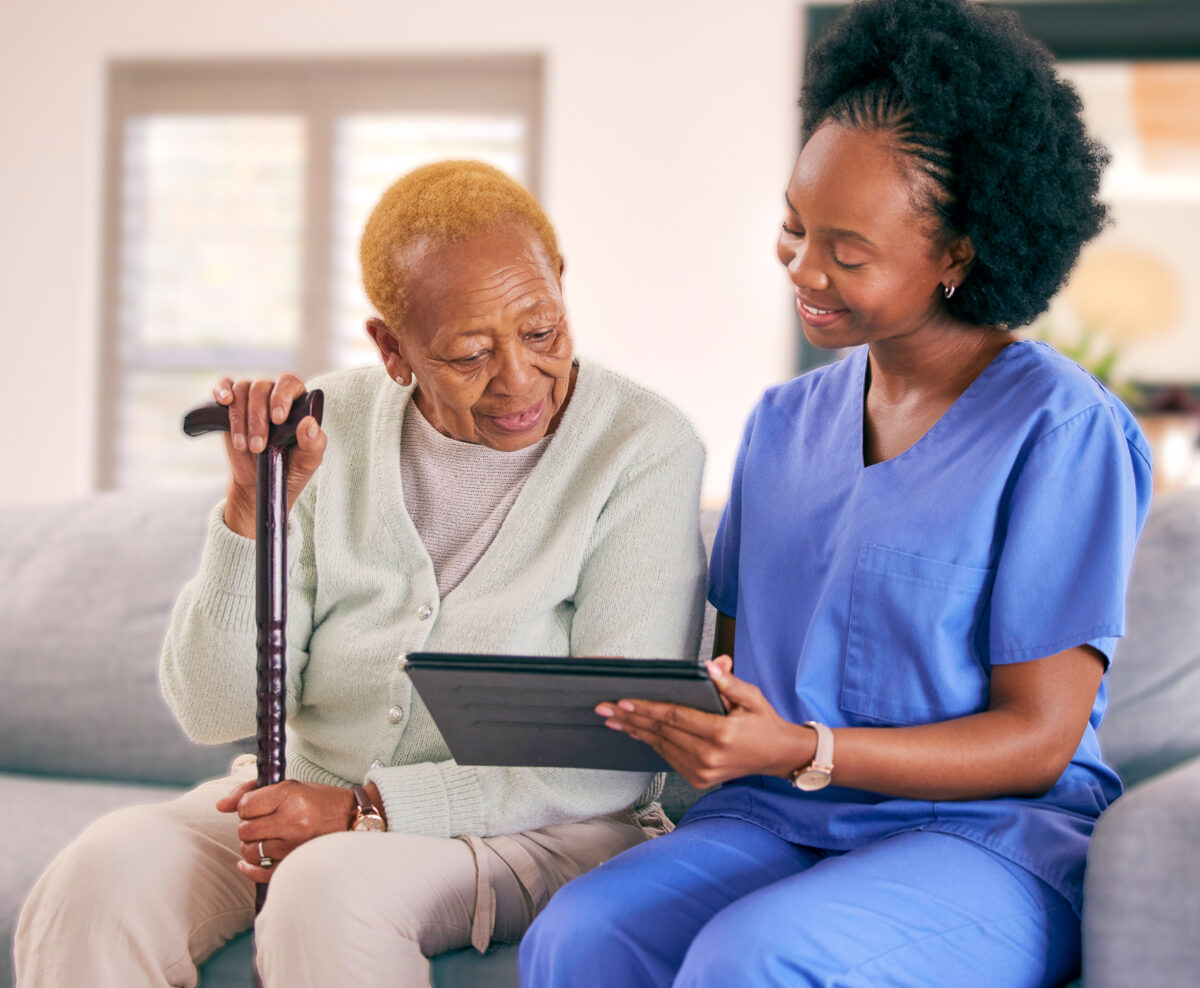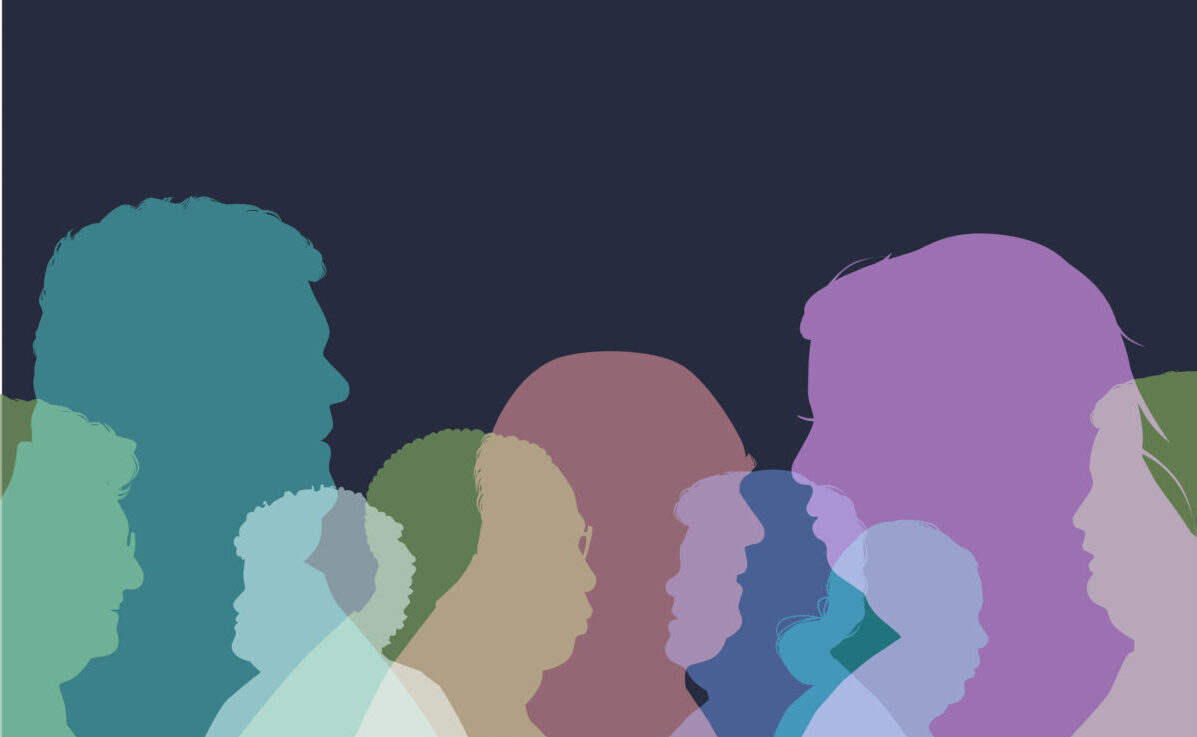The complexities of aging alone
Submitted by The Sarah Ralston Foundation
Unlike other pressing public health issues that are studied and reported on extensively, the problem of social isolation among older adults is virtually invisible. The very nature of the problem – older individuals isolating in their homes – makes it difficult to see, study and fix. Social isolation of older adults doesn’t garner the same amount of research as other social issues or have well-funded programs to help remedy the problem. Through its grant programs, the newly formed Sarah Ralston Foundation, which evolved from the centuries-old Sarah Ralston House, seeks to address social isolation and other issues that affect the aging population in Philadelphia.
Social isolation is defined as spending most of your time alone, having little or no contact with friends or family. Often not by choice, there are a variety of reasons why isolation among older Philadelphians has become such an urgent problem.
“It can be the result of physical or mental health issues, poor mobility, or other impairments,” said Lynette Killen, executive director of The Sarah Ralston Foundation. “In addition to health issues, other circumstances, such as financial setbacks, embarrassment about the state of their home, or an inability to keep up their hygiene, can also limit social interaction.”
The loss of a spouse or members of a peer group can also lead to reduced human contact and more time spent alone. There are many emotional and physical risks associated with isolating. Limited stimulation from the outside world can result in depression, confusion, decline in mental health, worsening of health conditions, higher risk of falling, dehydration and hunger.
“Individuals who isolate are also more likely to ignore symptoms that need to be addressed by a health care provider,” said Neville Strumpf, board president of The Sarah Ralston Foundation and retired professor of nursing at the University of Pennsylvania. “There are no easy answers. It’s a complex problem.”
Addressing social isolation is a focus area of the Sarah Ralston Foundation. “Our hope is to support organizations that develop innovative programs to mitigate the problem,” said Killen.
There are programs that try to identify isolated individuals and put them in touch with organizations and opportunities that offer much-needed companionship. The biggest challenge is uncovering and bringing the issue to someone’s attention.
Isolated older adults “don’t self-identify, so getting such a person onto the radar screen of organizations that are trying to help is difficult,” Strumpf said. “Raising the bar of awareness is the crucial first step. Social isolation doesn’t get the kind of priority that, say, food programs get. We can deliver a meal, but if the recipient is eating alone, we’ve missed an important opportunity to positively impact their well-being.”
One solution is to create networks that bring people together. Penn’s Village, a community-based membership organization in central Philadelphia, is one example. It helps older adults to live independently in their homes. According to the Penn’s Village website, this is achieved: “by providing varying services and programs that increase social engagement through a network of volunteers.”
Jane Eleey, executive director of Penn’s Village, is in her 70s and intensely committed to this issue. “People they know move or pass away, or there may be health issues that make it hard to engage with the surrounding community,” she said. “Like with COVID, there may be new precautions in place, or perhaps anxiety that wasn’t there before. Their family may be far away, and travel may be difficult or impossible.”
Programs like those offered at Penn’s Village are designed specifically to deal with the rising issue of social isolation. Volunteer companions spend quality time with the members, who can request a variety of services from volunteers, such as taking them for walks, to the doctor or on trips to the grocery store, or just sitting, talking and enjoying each other’s company.
The system also helps the members connect with each other. “A member whose mobility is compromised reached out to us to arrange for additional companionship,” Eleey said. “We were able to connect him with a new member. She’s a bit quiet and reserved, but she needed help with technology, and he was able to advise. The two members now speak three times per week and receive great enjoyment and benefits from the relationship.”
For more information:
• The Sarah Ralston Foundation – 215-386-2984 | SarahRalstonFoundation.org
• Penn’s Village – 215-925-7333 | PennsVillage.org




